Shibori – technique in which fabric is folded, gathered, wrapped and bound prior to the application of dye
(Pronounced shi-bawr-ee)
Note: Shibori is often seen in the textiles of Japan and is commonly thought of in the west as tie-dye.
To remember what shibori means, recall the following:
She bored him so much he (shibori) wanted to die (dye).

For this project, you'll need an item or items to dye. White natural material works best, such as a 100% cotton T-shirt. You'll also need string and 2 buckets, one for clean water and one for the dye, and finally you'll need the dye. You can use any colour, but traditional shibori is indigo.
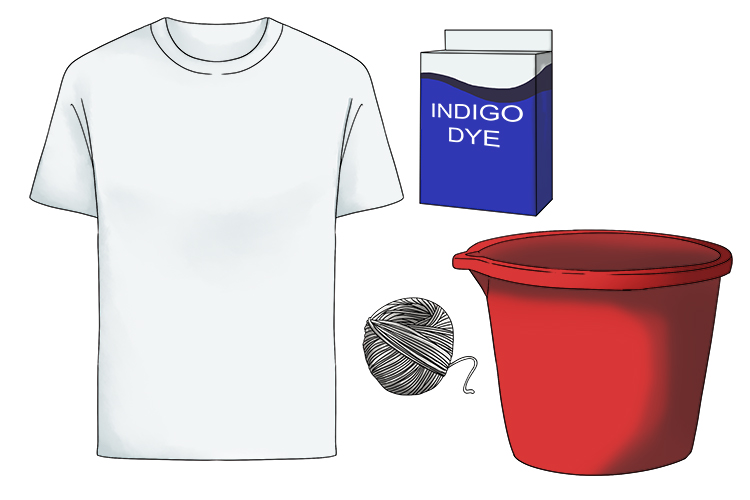
There are several different tying methods in shibori which, to do properly, can take years to master, so why not experiment with different methods! Try wrapping the fabric around a pole and winding the string around it, or folding the fabric like an accordion and sandwiching it between two wooden shapes. Kumo shibori consist of pinching the fabric and tying bands or string around the pinched sections until it resembles a deep-sea creature! You can even use marbles or beads and place them under the fabric, tying the string underneath the marbles until the fabric is covered in bobbles.
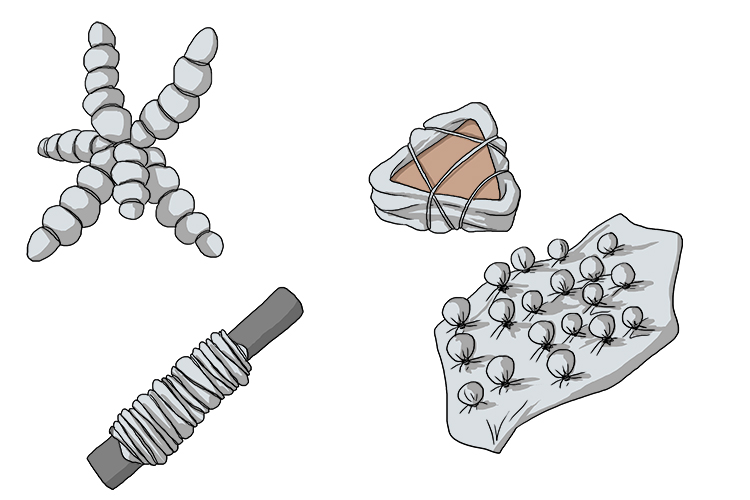
Each method will create a very different pattern, which can be almost impossible to guess if you're not a master.
Before putting your bundles in the dye, dip them in the clean water to wet (but not soak) them to help the dye spread more evenly.
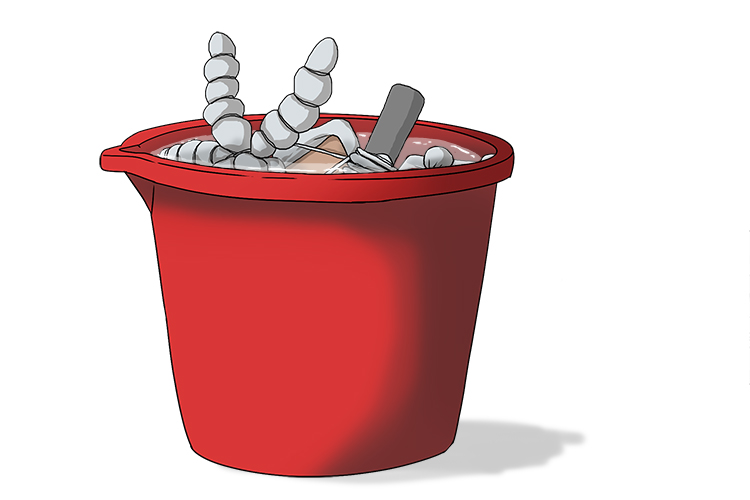
Each dye is different, so follow the instructions for the dye you have and mix it into the water. If you're dying cotton, it's a good idea to add salt to help the dye take. Wear long rubber gloves to prevent any stained skin!
Leave the bundles in the dye for 5 to 20 minutes and stir gently with a stainless-steel spoon.
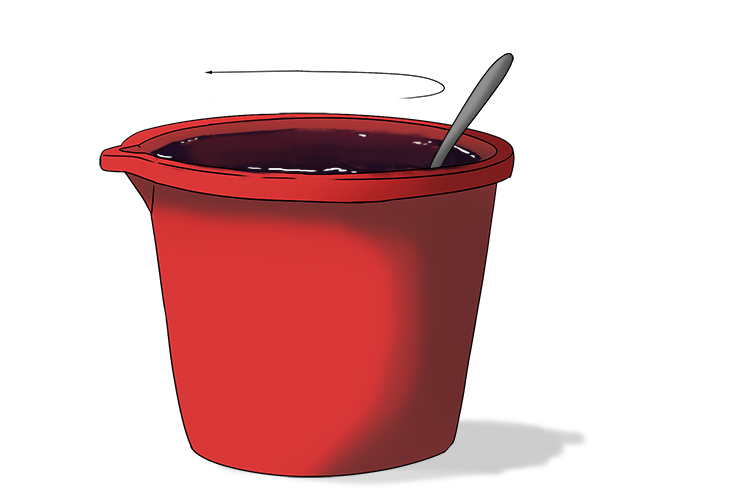
If you're using the traditional indigo dye the bundles will appear bright green when they first come out of the dye, but they'll soon oxidise and turn dark blue. You can dip them again, depending on how dark you would like the colour to be. Bear in mind it will lighten when dry and after it's rinsed.
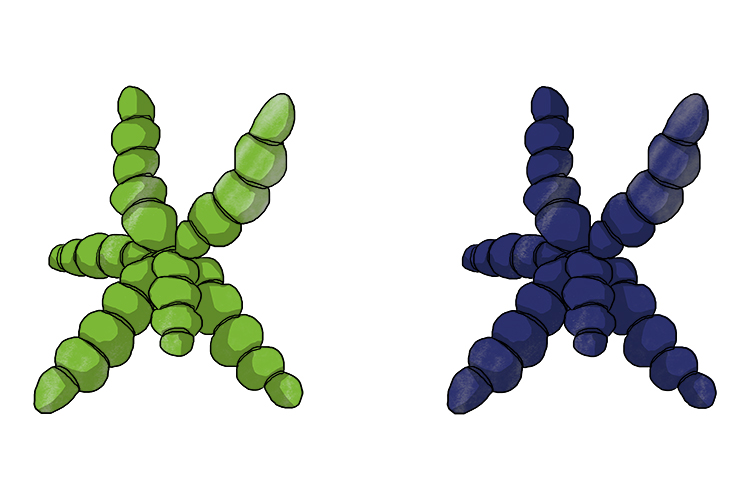
Leave the bundles to dry. Once dry, untie them and wash them on a warm setting in the washing machine.
Finally, you can enjoy your shibori dyed items!
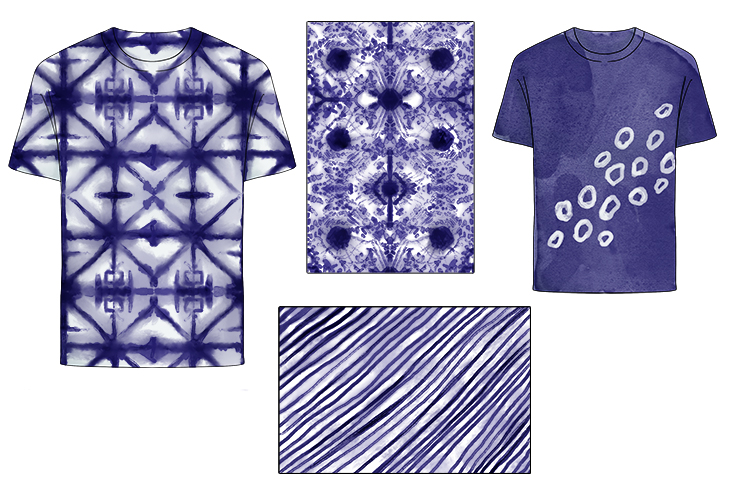
Shibori.




